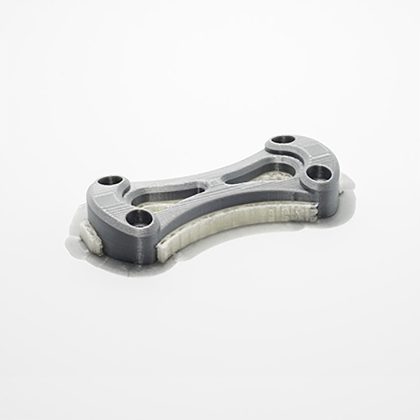Unlock the Magic of FDM 3D Printing: Transform Your Ideas into Reality Today!
In today's fast-paced and innovation-driven world, FDM (Fused Deposition Modeling) 3D printing has emerged as a revolutionary technology that transforms ideas into tangible objects. From hobbyists creating unique prototypes to businesses manufacturing intricate components, the relevance of FDM 3D printing is undeniable. The growing demand for online FDM 3D printing services reflects this shift, making it easier for individuals and organizations to bring their concepts to life without the need for extensive equipment or expertise. This article serves as a comprehensive guide to help you navigate the process of selecting the right online service for your 3D printing needs, ensuring a seamless experience from design to delivery.

Understanding FDM 3D Printing Technology
FDM 3D printing is a popular additive manufacturing technology that works by melting and extruding thermoplastic filament, layer by layer, to build three-dimensional objects. The process begins with a digital design, which is sliced into thin horizontal layers by specialized software. The printer then deposits melted filament through a nozzle, following the sliced pattern to create each layer. Common materials used in FDM printing include PLA (Polylactic Acid), ABS (Acrylonitrile Butadiene Styrene), and PETG (Polyethylene Terephthalate Glycol-Modified), each offering unique properties suited for different applications. The flexibility of FDM technology allows for a wide range of uses, from prototyping and custom parts to artistic pieces and educational models. One of the main advantages of FDM printing is its affordability compared to other methods, such as SLS (Selective Laser Sintering) or SLA (Stereolithography), making it accessible for both individuals and small businesses.
Benefits of Using Online FDM 3D Printing Services
Opting for online FDM 3D printing services brings a plethora of advantages. Firstly, the convenience of ordering online eliminates the need for physical visits to print shops, saving you time and effort. With just a few clicks, you can upload your designs, choose materials, and place an order from the comfort of your home or office. Accessibility is another key benefit; online services often cater to a global audience, allowing you to connect with providers that can meet your specific needs. Additionally, online services frequently offer competitive pricing, making it a cost-effective solution for creating prototypes or finished products. Whether you are a student working on a project, an engineer developing a product, or an artist bringing your vision to life, online FDM 3D printing services can adapt to various requirements and budgets, ensuring that everyone has the opportunity to create.
How to Choose the Right Online FDM 3D Printing Service
Selecting the right online FDM 3D printing service can be a daunting task, but considering a few key factors can simplify the process. First and foremost, assess the print quality; look for services that showcase high-resolution prints and detailed work. Turnaround time is another crucial aspect; ensure the service can meet your deadlines, especially if you require quick prototypes. Customer support is vital; opt for providers that offer responsive communication channels to assist with any inquiries or issues that may arise during the printing process. Reading user reviews can provide valuable insights into the experiences of previous customers, helping you gauge the reliability and quality of the service. Don’t hesitate to ask potential service providers questions about their printing capabilities, material options, and any additional services they may offer, such as post-processing or finishing. Taking the time to research and ask the right questions will lead you to a service that aligns with your project goals.
Steps to Prepare Your Design for FDM 3D Printing
Preparing your design for FDM 3D printing involves a series of crucial steps to ensure compatibility and print success. Start by choosing the right file format; most services accept STL (Stereolithography) files, which are widely used for 3D printing. Next, consider design aspects such as wall thickness, infill density, and overhangs. These factors influence the strength and durability of the final print. Using software tools like TinkerCAD or Fusion 360 can be beneficial for designing and refining your models. It's also essential to verify that your design is optimized for FDM technology; features like excessive overhangs may require supports, which can complicate the printing process. Additionally, checking dimensions and ensuring that your design adheres to the service's specifications will prevent any issues during production. Proper preparation not only enhances the quality of your print but also saves time and minimizes costs.
Final Thoughts on FDM 3D Printing Services
In summary, the world of FDM 3D printing offers incredible opportunities for creativity and innovation, especially when utilizing online services. From understanding the fundamentals of FDM technology to selecting the right provider and preparing your designs, each step is crucial in the journey of transforming your ideas into reality. By taking advantage of the convenience, accessibility, and cost-effectiveness of online FDM 3D printing services, you are well-equipped to embark on your next project with confidence. So, why wait? Start exploring the services available today, and take the first step toward bringing your unique creations to life!






